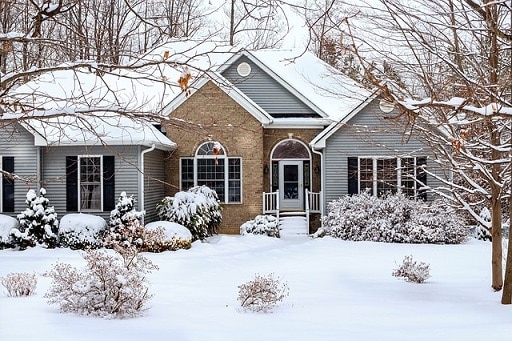The Better Lawn Blog
Insight and industry knowledge on all things important to your lawn.
From landscaping tips to fun ideas for yard play, we cover a wide range of meaningful topics on our blog page.
Avoid Yard Care Slip Ups In The Snow
March 9, 2015
In most cases, snow is nothing to fear in the yard – it’s a great insulator, and it melts to provide much needed water to dry plants in the cold months. However, heavy snow and ice buildup can cause devastating damage in the landscape if limbs and trunks bend or break. Here’s what you need to know about dealing with snow and ice in the yard.
How To Remove Snow From Shrubs & Plants
Sweep Gently: Using a broom or your hands, gently sweep in an upward motion, loosening the snow and allowing it to fall. Do not sweep downward, as you might break an already bent branch, and do not shake the plant. The branches will be very brittle and already stressed, so disturb them as little as possible.
Reduce Accumulation: You’ll have much less damage to your plants if you remove snow after every couple of inches of accumulation, rather than waiting until it’s deep.
Leave Ice Alone: Do not try to remove ice, as the branch will likely break.
Be Safe: Never try to remove snow or ice from overhead branches. There’s a high risk of breakage, and you don’t want heavy limbs falling on you, your house, or your car.
How To Prevent Damage To Plants
Keep Off Grass: Snow covered grass is fragile, easily uprooted, and susceptible to fungal diseases under the snow. Reducing foot traffic will help the snow stay light and melt faster, and will keep your grass blades firmly rooted.
Avoid Salt: Salt can damage lawns and plants when it runs off your driveway/walk ways. If your plants have been exposed to salt, water and rinse them well as soon as temperatures are above freezing.
Prune Damaged Limbs: Head outdoors as soon as the ice melts to assess damage. Cracked branches can sometimes heal if they’re firmly tied back in place. Broken branches should be pruned away immediately to prevent injury and disease. Ragged tears are very susceptible to infection, so remove damaged wood using clean cuts.
